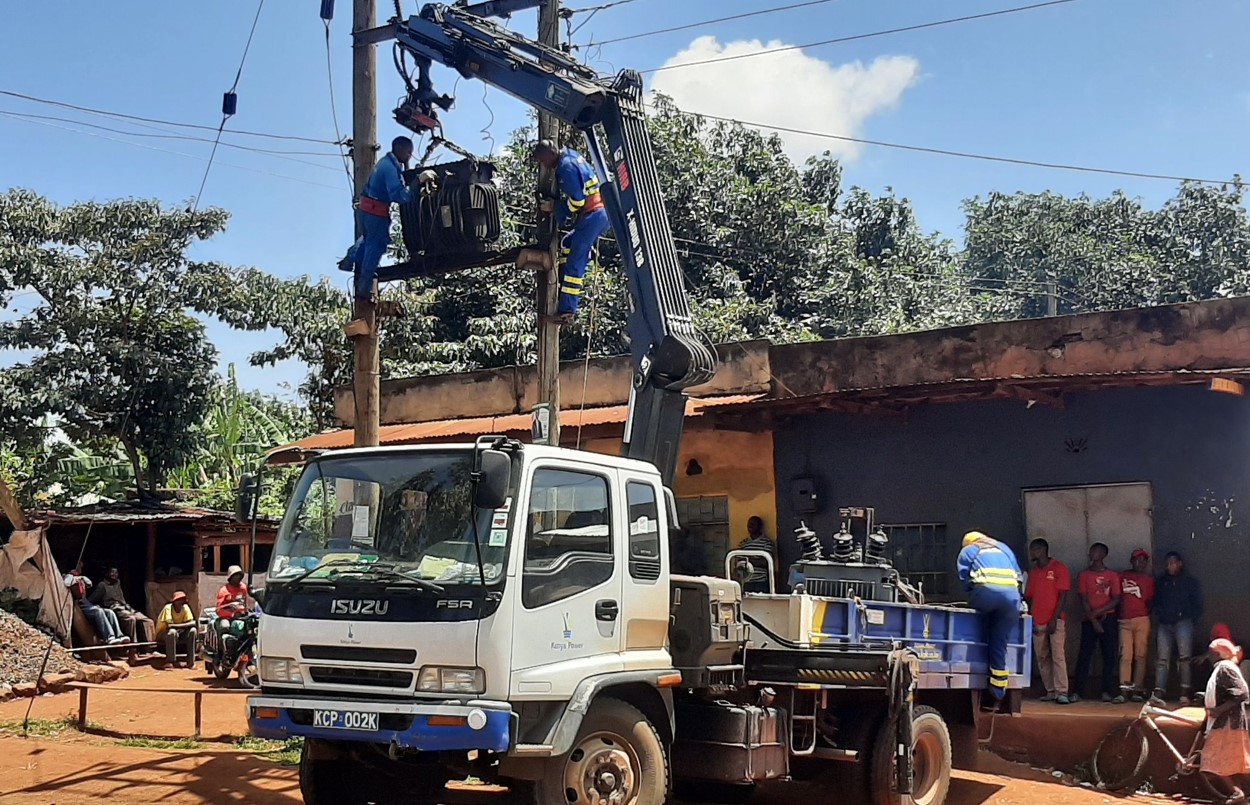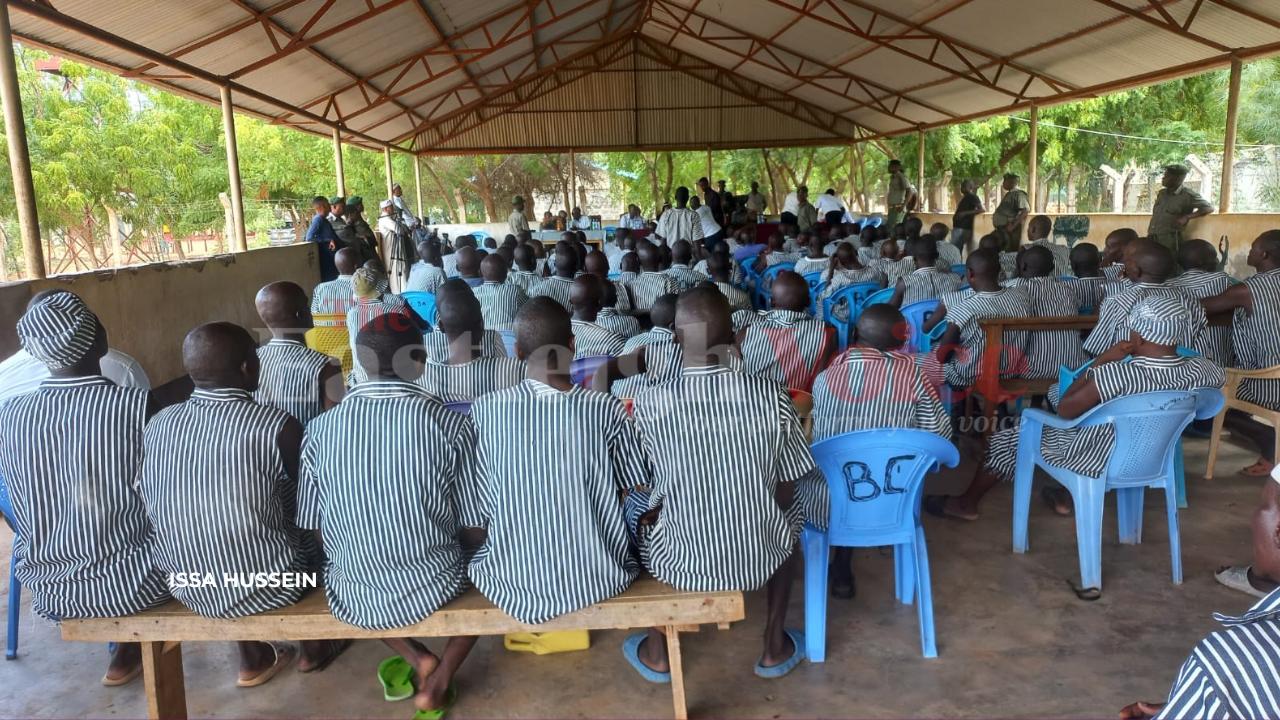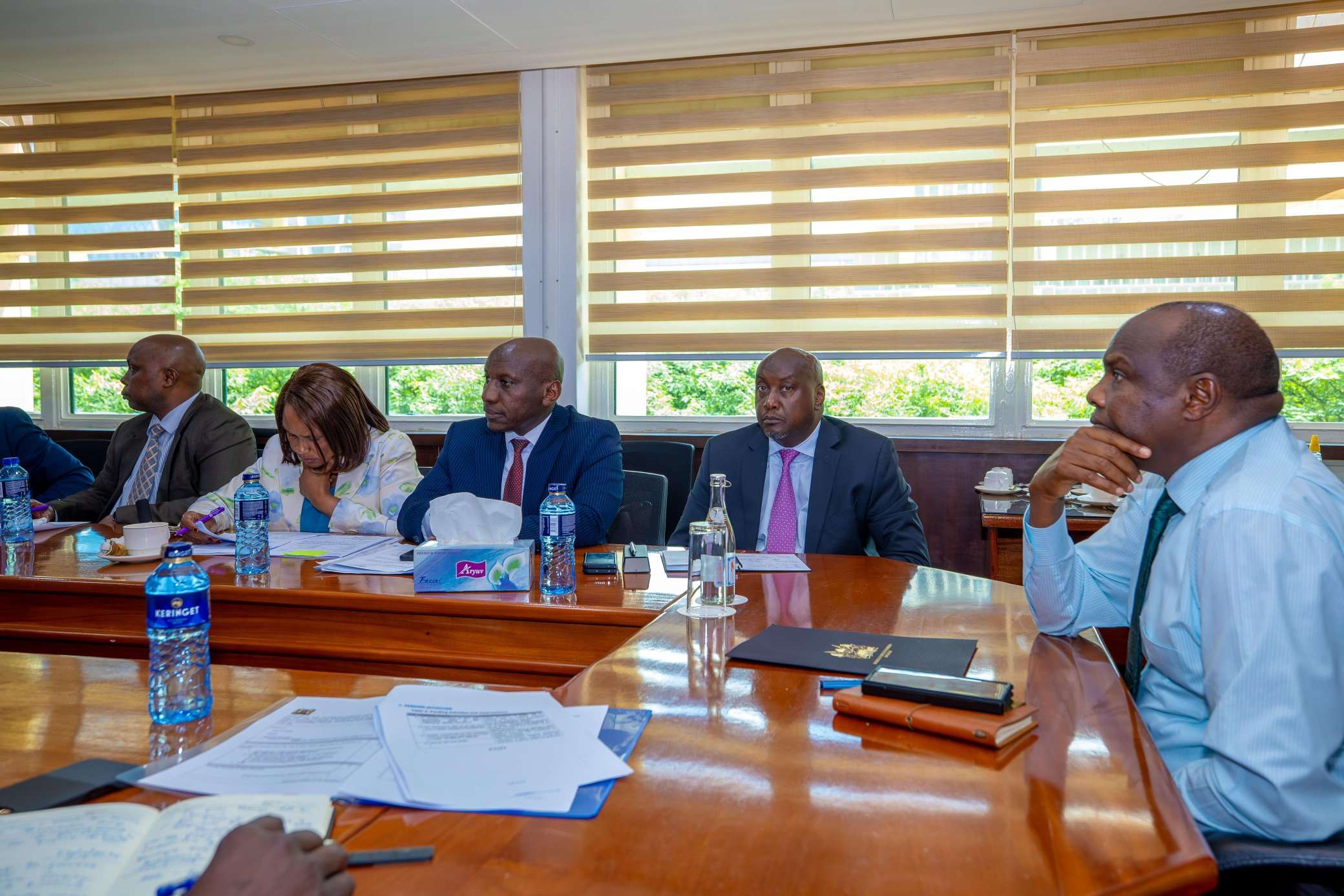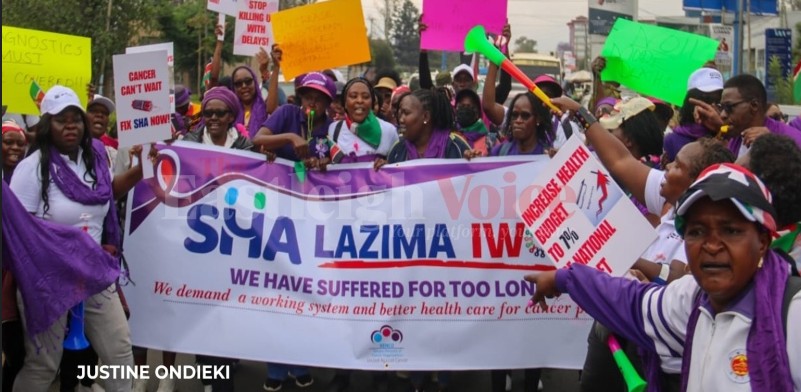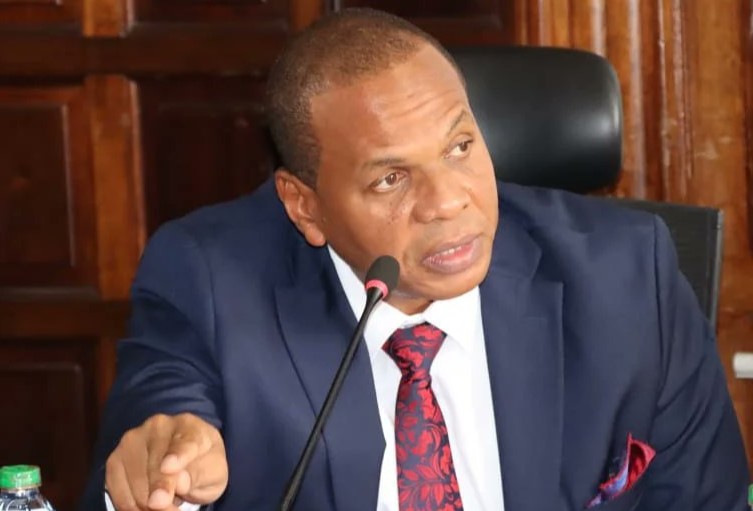HELB loan defaults hit Sh42 billion as number of defaulters surges by 40 per cent
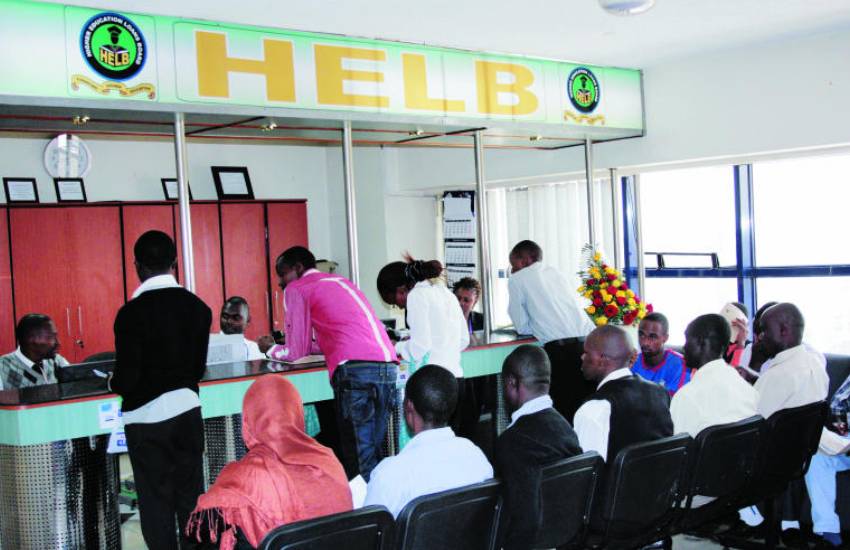
Elite professionals, including lawyers, doctors, engineers and accountants, top the list of those who have not honoured their repayment obligations.
Higher Education Loans Board (HELB) loan defaults have hit Sh42 billion, amid a sharp 40 per cent surge in the number of former university students who have failed to repay their dues over the past year.
Statistics show the number of loan accounts in default increased by 109,000, bringing the total number of defaulters to 380,530 as of October.
More To Read
- HELB: Former students owe Sh32 billion in unpaid loans, 64,000 blacklisted
- Senators demand reopening of HELB portal to allow more students to apply
- HELB extends student loan application deadline
- Universities directed to update student portals amid frustration over HELB delays
- HELB disburses Sh9.46 billion to over 309,000 university students, easing fee confusion
- First-year university students face chaos over upfront payments after fee reductions
Elite professionals, including lawyers, doctors, engineers and accountants, top the list of those who have not honoured their repayment obligations.
“Lawyers, doctors, engineers, and accountants are among the biggest loan defaulters, while teachers stand out as the most diligent in repaying their debts,” Helb CEO Geoffrey Monari said.
The sharp rise in defaults has weakened HELB’s ability to support new and continuing students in universities and technical colleges, forcing the agency to cut student loan allocations.
The development comes at a time when Kenya’s economy is grappling with sluggish growth and rising unemployment, with the country creating the fewest jobs since the 2020 Covid-19 pandemic. The slowdown has hampered President William Ruto’s administration’s efforts to address youth unemployment.
According to the Kenya National Bureau of Statistics (KNBS), 90 per cent of the 782,300 new jobs created last year were in the informal sector, highlighting the challenges facing formal employers in generating quality jobs for thousands of graduates entering the market annually. Many of these graduates have turned to consultancy, informal work and self-employment, making it increasingly difficult for Helb to trace them and recover outstanding student loans.
KNBS data further shows that the number of jobless Kenyans rose by 2.9 per cent to reach 2.97 million in the quarter to December. Salaried workers also continued to feel the effects of a weakening economy as real wages—gross pay adjusted for inflation, fell for the fifth consecutive year, reducing disposable incomes and further complicating loan repayment.
The economy created just 75,000 formal jobs last year, down from 122,900 in 2023, marking another low since the Covid-19 economic disruption, when 185,800 jobs were lost in 2020. This highlights the growing difficulty in securing formal employment for thousands of university graduates entering the job market each year.
HELB, which operates as a revolving fund, depends on repayments from beneficiaries to finance new applicants. However, the rising number of defaulters has undermined the fund’s sustainability, leaving many students without access to financial support.
In the financial year ending June 2025, more than 163,000 students in public universities and technical and vocational education training (TVET) colleges missed out on loans after Helb ran out of cash. This has forced many to seek alternative ways to cover tuition fees, accommodation, and upkeep.
HELB data shows that 103,214 university students were not funded due to a shortfall of Sh11.5 billion, while 60,274 TVET applicants missed out on loans because of a funding gap of Sh2.2 billion, bringing the total deficit for the year to Sh13.7 billion.
“We are looking at a situation where the crème de la crème of society are not supporting the HELB as a revolving fund,” Monari said.
He revealed that out of 30,000 engineers who benefited from HELB loans, 22,000 have not repaid their debts, while 18,000 of the 26,000 supported lawyers have also defaulted.
Monari said the agency has categorised defaulters into three groups: those who are unable to pay due to lack of income, those who are willing to pay but are unsure of how to go about it and those who have the means but have refused to pay.
A total of 124,640 beneficiaries fall in the last category, including others living abroad. These individuals have been listed with the Credit Reference Bureau (CRB), barring them from accessing credit in Kenya.
Of this group, 83,571 have been classified as “hardcore defaulters” for failing to make repayments for more than a decade, and are now being pursued by debt collectors.
During the financial year ending June 2025, HELB received a total of 713,173 loan applications but was only able to support 322,338 university students and 225,048 TVET trainees.
The total loan demand for the 2024–25 financial year stood at Sh48.18 billion, leaving the agency with a Sh13.7 billion budget deficit, attributed to rising student enrolment and increased loan demand under the new student-centred funding model.
Top Stories Today
